I DIDN’T know whether to laugh or cry. We’d already cancelled this feature once because the lake was frozen over but, as I was setting up my tackle, conditions could hardly be said to have got much better.
As I was battered by gale force northerly winds that cut to the bone, squalls of heavy rain were ripping across the lake the like of which you see in television news reports about hurricanes.
Ah well, these things are sent to try us.
I was fishing at Messingham Sands, near Scunthorpe, a popular day ticket complex that offers far more than the usual match-sized carp.
Messingham’s North Lake has a track record of producing big perch, decent sized chub, bream and quality roach, too.
My challenge was to catch some better-than-average fish using techniques that would normally be used by specialist anglers.
It’s very easy to complicate matters in winter to the point where you will spend all day chopping and changing while struggling to get bites.
Sometimes it is better to stick with a simple plan – and there are few better winter baits than worms.
Everything from a minnow to a catfish will eat worms, but if catching quality fish is your goal, then there’s nothing better than a lobworm. And, collecting them is nearly as much fun as fishing with them.
COLLECTING LOBWORMS
You can collect lobworms from any decent sized area of mown grass – public parks and football fields are ideal.
I collect mine from the local cricket pitch on mild, damp nights. Calm nights are best because worms don’t like wind, nor do they like the cold.
I’ll go out with a head torch and a bucket, about two hours after dark, making sure I tread carefully.
The worms will usually be laid on the grass, half exposed, but their tails are still in their burrows and it only takes a single heavy footfall or bright light for them to shoot back into their underground hides.
The skill is in spotting a worm, bending down and grabbing it firmly between finger and thumb and simply hanging on tight.
You can’t afford to go tugging at the worm or it will break and, contary to folklore, will die. Just apply a steady amount of gentle pressure and wait.
You’ll be amazed at how strong a worm is – you will feel it pulling back – but it will relax and you should be able to draw it out of the ground unharmed.
On a good evening I can collect enough cricket pitch specials to last a full session in around half an hour.
.jpg?auto=format&w=1440&q=80)
collecting1.jpg
.jpg?auto=format&w=1440&q=80)
collecting2.jpg
- On a mild, damp night walk softly across a football pitch or cricket field and study the ground looking for the end of a lobworm sticking out
- When you spy a worm illuminate it with a torch and immediately grip it between your thumb and first finger


- Don’t pull the worm. Instead, keep a firm grip on it and wait for it to loosen its hold in the ground
- This is what you are looking for – a handful of fat, juicy lobworms which virtually all fish will respond to
TARGETING FEATURES WITH BITS OF LOBWORM

Most commercial and club-run day ticket lakes contain good quality fish of various species, especially if the water has existed for several years.
The older the lake the more likely it is there will also be a ready supply of fish-holding features to cast to.
Overhanging trees, bushes, islands, weedbeds and dead rushes are the best holding areas for fish of all species.
When I’m targeting a water with lobworms for larger sized fish, I like to use two rods, each cast to a different feature. It increases my chances of a bite.
The right-hand rod was cast parallel to the bank towards an overhanging bush. This was my banker for a decent perch or a chub.
The other rod was cast to an aerator in the middle of the lake. In the weedfree open water that is the norm on commercial fisheries, surface objects like an aerator are prime fish holding features.
I always stress the importance of correct feeding, especially in winter.
Feeding is much easier when you are using small baits like maggots or casters but if you offer a fish a big, juicy lobworm in winter, it might be the only thing it eats all day. Consequently, you can’t throw in lobworms by the dozen.
Instead, I chop lobworms into small pieces and introduce them through a swimfeeder. Unless the fish are going mad, which is rare in winter conditions, I’ll only introduce one, or very occasionally two, chopped lobworms in the feeder each cast.
Chopped worms leak off blood and amino acids which stimulates a fish’s hunger.
In tough conditions it is best to target one fish at a time and a fast leak-off of wormy juices provides instant stimulation.
A cage feeder is my favoured carrier for chopped worms because its open sides allow the bait to leak. But I prefer not to use groundbait to plug the ends as this soaks up the juices I’m staking my approach on.
Instead, I mix a bit of peat with bankside soil to plug the ends of the feeder and it hardly takes a genius to work out that the soil at a place called Messingham Sands is actually sand. This is great because sand won’t soak up the juices.
Peat will soak up the worm liquids so I only use enough to bind the sand. Leam is even better if you can lay your hands on some.
Whatever you choose, use as little as you can and test it in the water to make sure it breaks down quickly to release the feed.
When bites are hard to come by you should cut right down on the amount of feed introduced and this is where the option to switch between a feeder and a straight lead scores. You should also chop the worms into much smaller pieces.
Winter fishing is about making the most of limited opportunities. When fish are reluctant to feed you need to stimulate them, hit every bite and land every fish.
PUTTING YOUR WORMS TO WORK
...now you’ve got the bait you need and prepared it correctly, here’s the rig...
BOB’S LOW RESISTANCE LIFTING LINK RIG
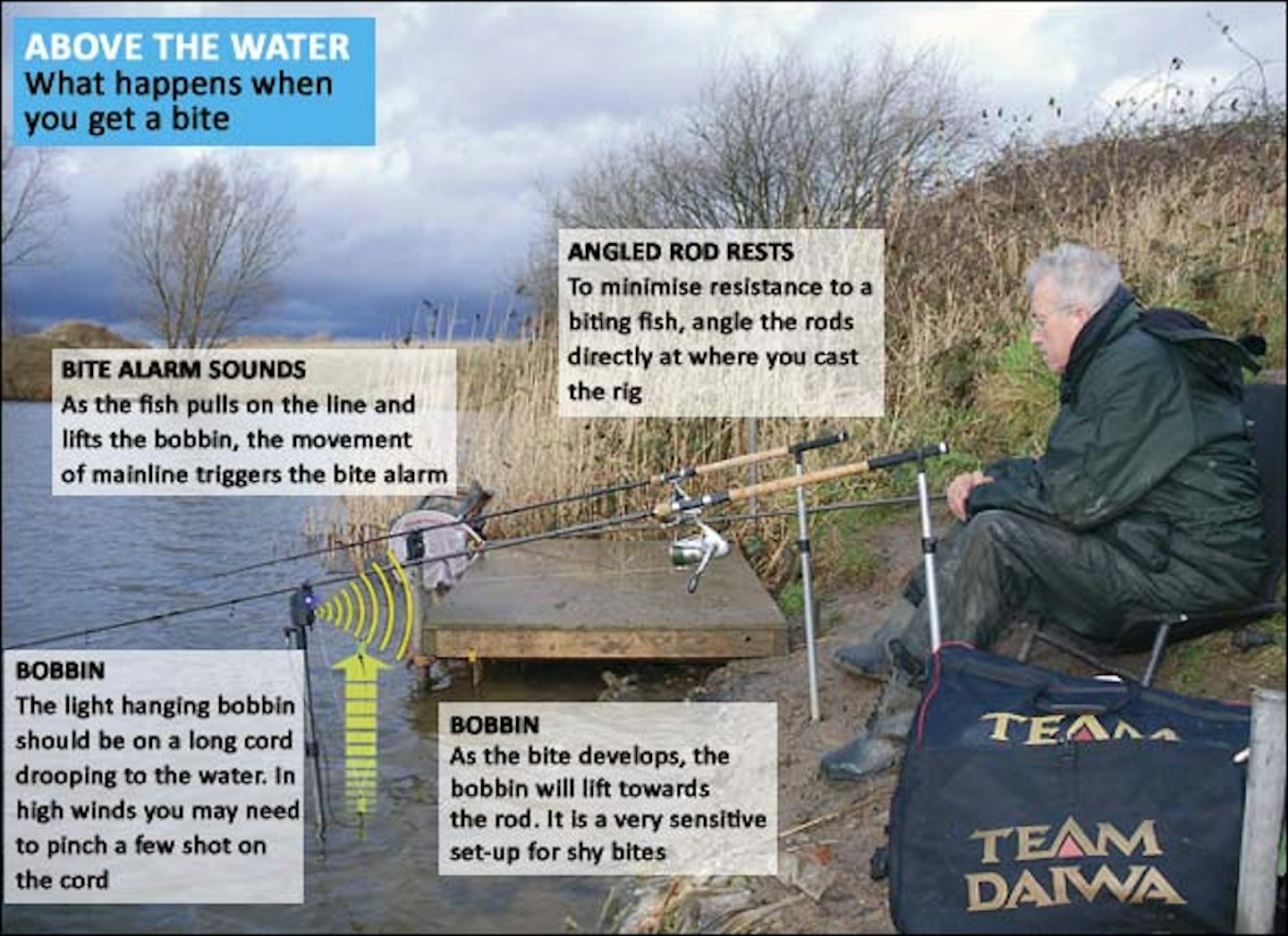

I’ve outlined why lobworms produce great fish in winter, how you collect them and the best way to chop them up and stuff them in a feeder.
Now I’ll move on to describe my favourite rig and bite indication set-up that I use with this bait – they complement each other well.
At Messingham, I used one of my favourite tactics. In this age of near mandatory bolt-rigs and hair-rigs it’s a throwback to a bygone age.
My low resistance lifting rig works for most species and can be employed on ponds, lakes, reservoirs, canals, drains and slow moving rivers.
In basic terms it enables you to present baits that fish can pick up while feeling minimal resistance, something that’s vital with ‘canny’ species like perch and stillwater chub.
It is normally referred to as a ‘running rig’ as the mainline runs smoothly through the swimfeeder/leger weight.
Bites are normally positive and you have plenty of time to hit them.
First, let’s reel back because it’s not a rig you can buy off the shelf. You’ll need to spend a bit of time making one but, if I can do it, anyone can.
Most anglers using running rigs simply thread a leger weight on their mainline. This means the line has to pass through a narrow diameter swivel to show a bite.
However, this swivel can drop into silt, weed or any other kind of rubbish on the lake bed, jamming the mainline.
By contrast, my rig lifts the line clear of the bottom thanks to the home-made buoyant boom I’ve illustrated.
This simple device really does make a difference. The line slips through the ring, with the minimum resistance, to produce the very best bite indication at the rod end.
Another important part of the boom is the clip on the end, this allows me to switch between a feeder and leger.
In many circumstances I use the lightest leger weight I can get away with, but I don’t with this rig.
It is vital that when you get a bite the leger weight doesn’t move. If it does, resistance will be applied to the running line.
To avoid this, use at least 1oz of lead/feeder that will stay anchored on the bottom as the line slides through the boom.
A static weight with line passing through it also means it doesn’t matter which way a fish swims off with your bait. The bite is registered as a positive pull at the rod.
This brings me nicely to the next important piece of kit, the bite indicator.
Forget advanced carp indicators. What you need is a simple lightweight bobbin – the lighter the better.
On windy days or on large waters where there might be an undertow, you may need to add split shot to the cord below the bobbin to prevent it rising in the wind and giving false bites. I generally use a bite alarm, in case my attention wanders, but you don’t have to.
Any rodrest head that doesn’t trap the line will do but you’ll need to concentrate on the bobbin.
Make sure the rod is pointed directly at the leger to reduce friction and the dampening effect of the rod tip.
If you are going to use two rods, as I like to, it pays to set them up on separate rodrests rather than a rod pod.
One last thing to know is that for tench, perch or chub, it pays to set the bobbins on a long drop because the bites can vary from tentative jerks to a complete flier, where the bobbin shoots straight up to the rod. You can easily miss bites on a short drop.
RIG CONSTRUCTION
To make my boom I take a Fox run ring, a cork ball, a length of stiff rig tubing, a 2cm- 3cm piece of soft 2mm-3mm silicone tubing, a few inches of braid, a clip swivel and a little epoxy resin.
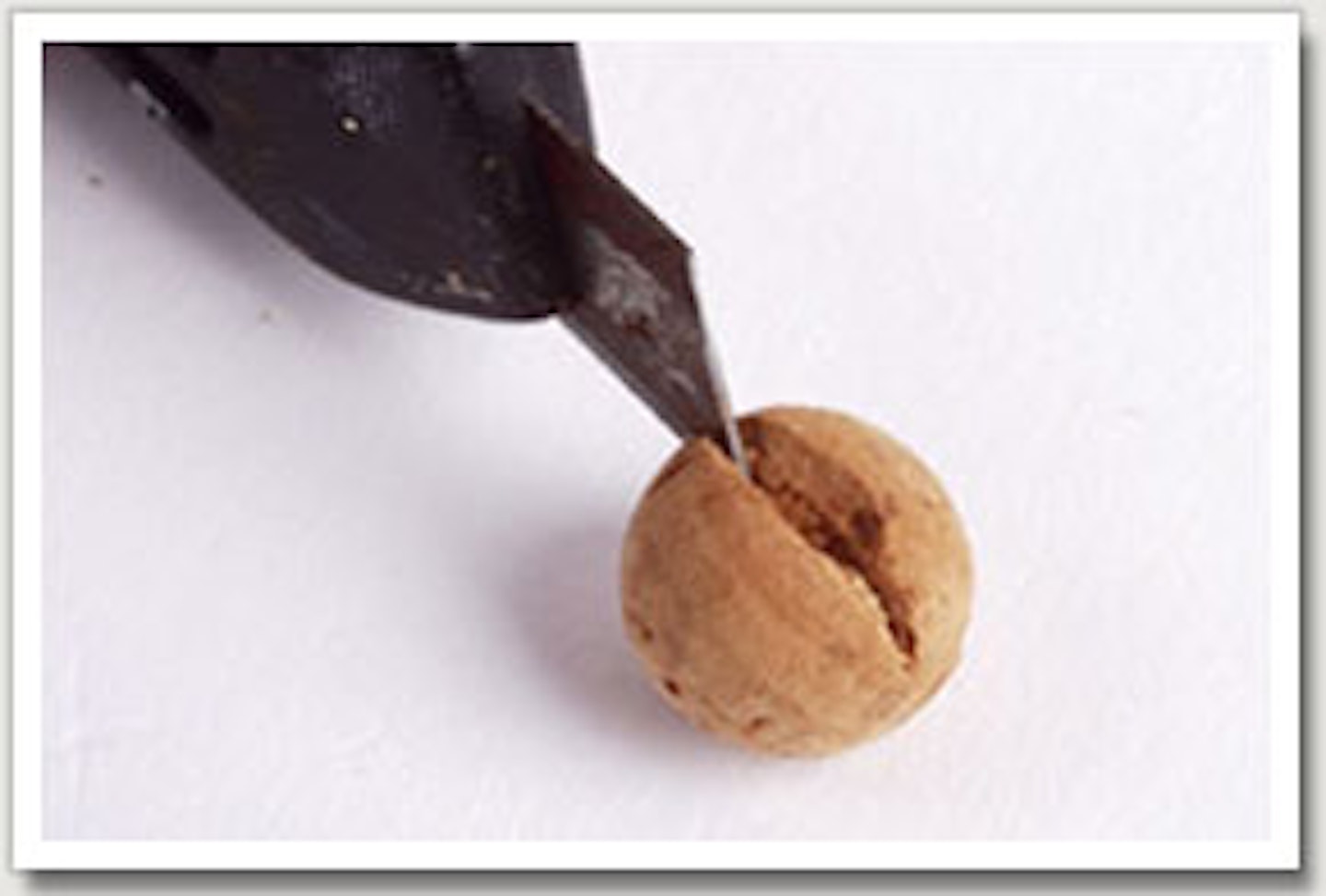
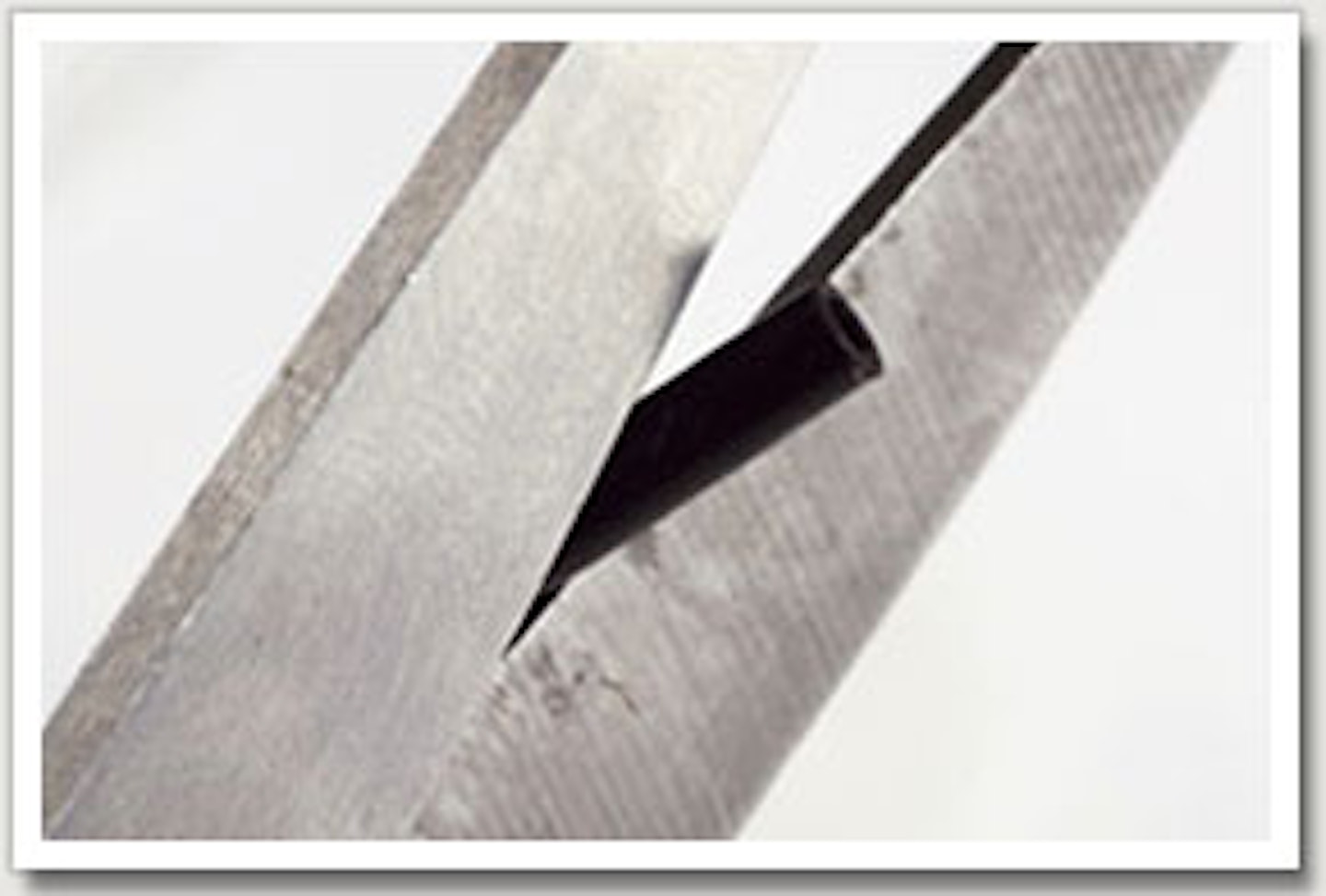
- Take a cork ball and very carefully cut a slot in the top using a craft knife. This is where the run ring goes. I make a small hole in the opposite side using a sharp drill bit and that’s the hard work done
- Take a section of stiff rig tubing. The length depends upon how high you want the mainline to sit above the bottom. In weedy swims this might be 15cm, at Messingham it was 4cm. Cut the top at an angle and push it inside the cork ball

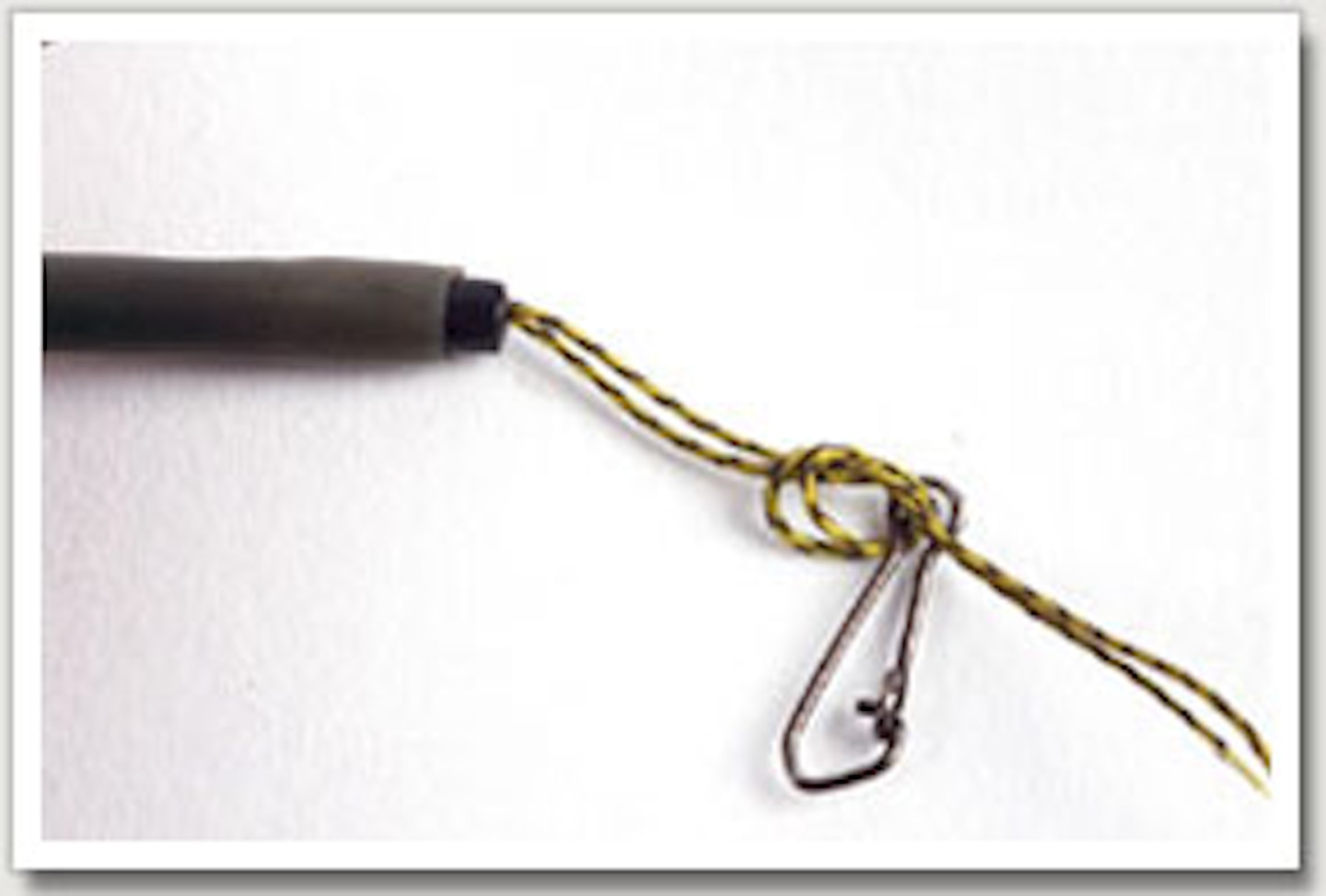
- Thread the braid through the run ring and the stiff tubing. It is better to use fairly thick braid, rather than really fine stuff, as this will thread through the tubing far easier
- Push the silicone tube over the braid, and on to the stiff tubing. Knot and glue the braid to the clip
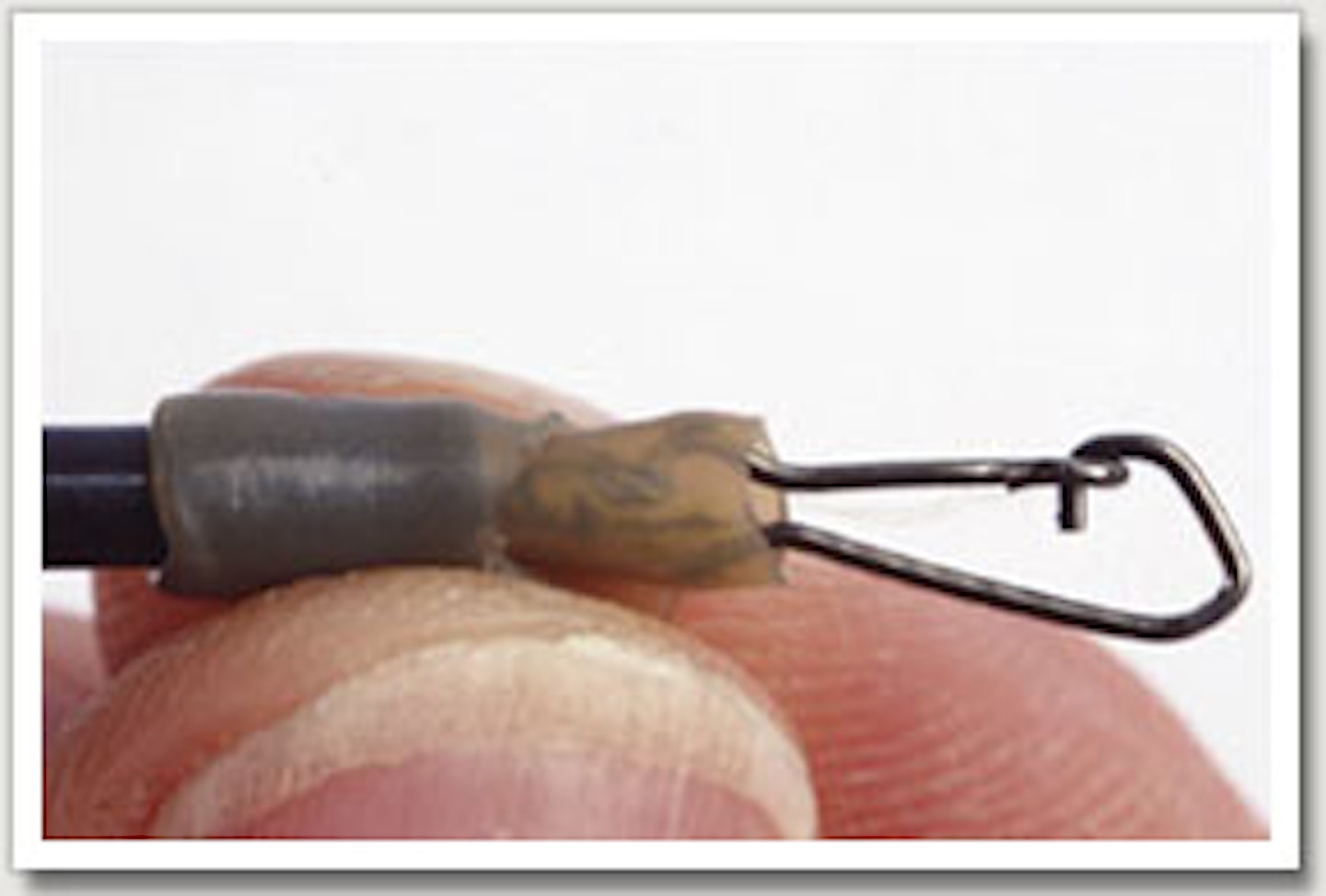
bb5.jpg
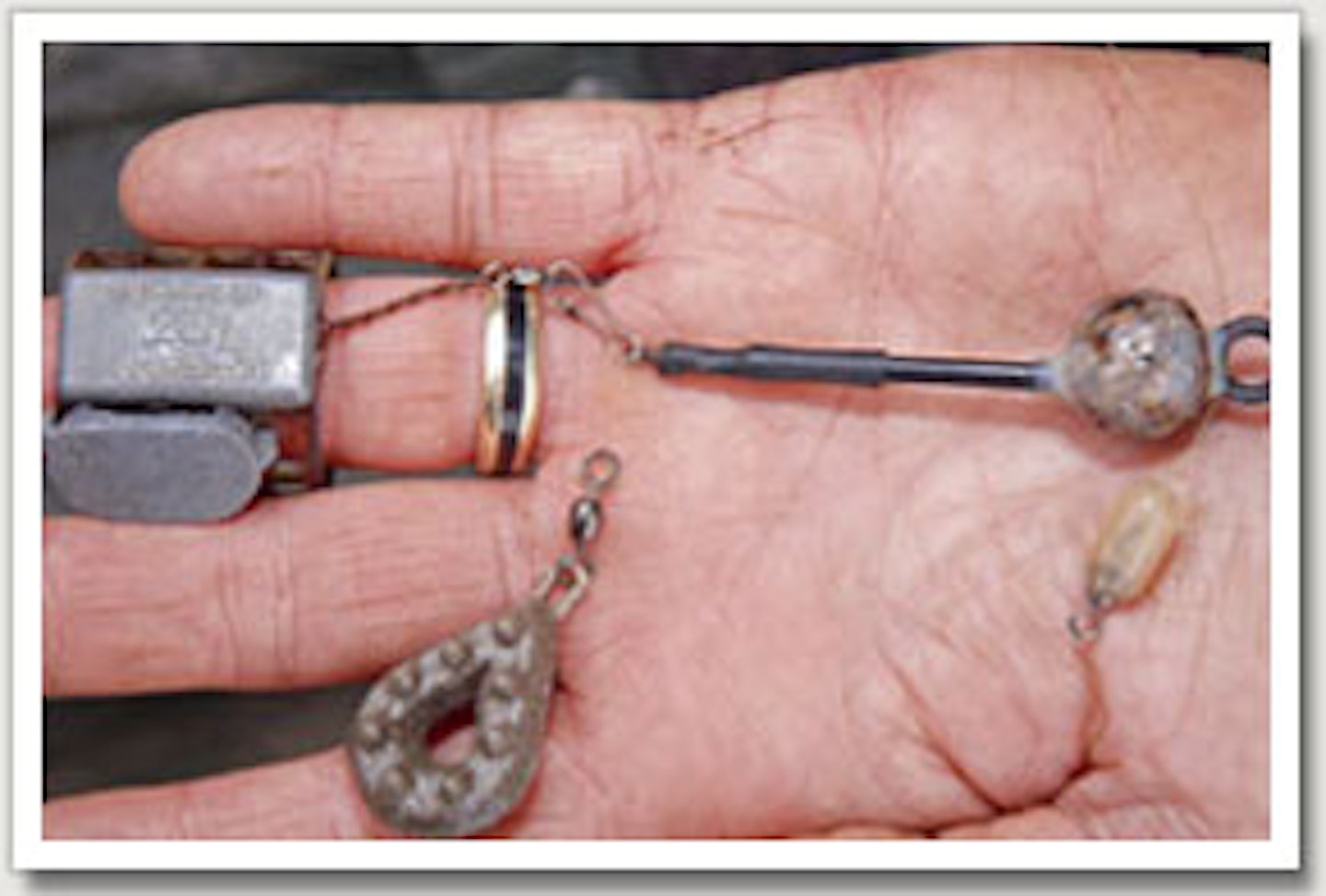
bb6.jpg
- Slide the soft silicone tubing over one half of the clip swivel, then Araldite the cork ball, stiff tubing and run ring. Job done
- Here’s the finished boom with the feeder attached. Thanks to the clip swivel, it is easy to swap to a leger to give you more tactical options on the bank
THE PERFECT WORM HOOKBAIT
How you present a lobworm on the hook makes a big difference to the number of bites you hit.
A lobworm is a big bait that easily masks the hookpoint so make sure you use a large hook. I’m using size 8 Gamakatsu GP 203 and I’ll not hesitate to step up to a size 6 or even a 4 if circumstances demand.

hooklobworm.jpg
Being a barbless hook the worm can easily mask the point, but I overcome this by slipping a section of elastic band over the point. This has two main advantages.
First, the worm is pushed back on to the hook shank so the gape and point stand proud of the worm, increasing the chances of a hook-up.
Second, you’ll also note I’m using red elastic – just stop for a second and think how often we use red as an attractor.
Corn tipped off with a red maggot, worms likewise, bloodworms, red corn, red boilies and pastes, red groundbaits, spinners with red wool on the hook, plugs and spinners with red flashes, pike baits with red polyballs attached – the list goes on.
When bites are proving hard to come by I’ll try a couple of edges to increase my chances of a take.
Firstly, I’ll inject air into the already hooked worm using a hypodermic needle. Don’t overdo it and test the worm in the margins before casting.
The aim is to make your bait semi-buoyant and not to have it popped-up above the feeder.
You must be extremely careful if you try this. Should you accidentally inject air into your body it can have fatal consequences. I get round the risks by laying my hooked worm on a bait box lid to inject the air and then I immediately replace the needle point cap.
My next tactical dodge is to twitch the hookbait. If you think about what has happened under water after you cast, the hookbait probably landed beyond the feeder by the approximate length of the hooklink.
When you feel sure the feeder has emptied you can slowly twitch the hookbait back towards you by this distance and that way it should now lie among the free offerings.
Finally, and this pays off most in really cold weather, watch the rod tip like a hawk.
It doesn’t matter if you have the most sensitive set-up imaginable, if there is the slightest deflection in the direction of your line leaving the rod tip very tentative bites might not register on the bobbin. I’ve caught some very big fish over the years when the only indication has been a slight movement of the rod tip.
BEATEN BUT NOT DEFEATED
It’s at this point I describe how I fished brilliantly and took Messingham Sands apart.
Unfortunately, I had a right old ‘mare’ and I think it’s only right and proper that I tell you this because it’s easy to believe that top anglers catch fish all the time and never make mistakes.
Well, we do and anyone who pretends otherwise is only fooling themselves.
My first bite on the rod cast towards the overhanging bush produced a sail-away lift that was unmissable.
Clunk went the strike, round went the rod tip and I found myself attached to a fair old weight at the other end.
In cold water big fish rarely scream off like they do in summer. For a moment it hung there, nodding it’s head quite savagely.
Applying steady pressure I guided the fish towards me only for it to kite into the tree and snag me up.
The air was blue, I can tell you, as I’d probably lost a big old chub.
The next fish to fall off came from my only bite up against the aerator and that was almost certainly a bream. I couldn’t see how I lost that fish and a simple hook-pull is just one of those things, I guess.
After that, the roach moved in and I was plagued with bites from over-enthusiastic silvers. It was clear I was not managing to build the swim with chopped lobs because they were being mopped up.
I stuck this out for a fair while, but with a dwindling supply of lobs I decided to try a swim move. Again, the silvers homed in on my bait as I caught some good quality roach, skimmers, a cracking golden rudd and a small but beautifully scaled carp. Where had the better fish gone?
Sometimes, you have to accept they are not feeding and switch tactics to catch the obviously eager silverfish species. But I stuck it out and late in the day the wind eased enough for me to see a couple of decent sized fish roll on the surface.
Not one to look a gift horse in the mouth, I put a bait out right where the fish had shown and within a couple of minutes the bobbin rose to the rod and stopped there.
The strike hit into a very solid creature.
At first, I thought it might have been a snag but, no, a gentle nod told me all I needed to know. I had hooked into a ‘lump’.
Slowly I steered the fish towards me, anticipating that it would probably wake up under the rod tip and that I’d need to back the drag off before the fireworks began.
And then disaster struck. My hooklength parted for no apparent reason.
The fish was calm, I was calm, I was being very gentle with it – but there you go.
Perhaps I need to start checking my hooklink more often during a session – a lesson we can all learn.
So there you have it. Bob isn’t perfect but don’t let that put you off trying what is a cracking method.
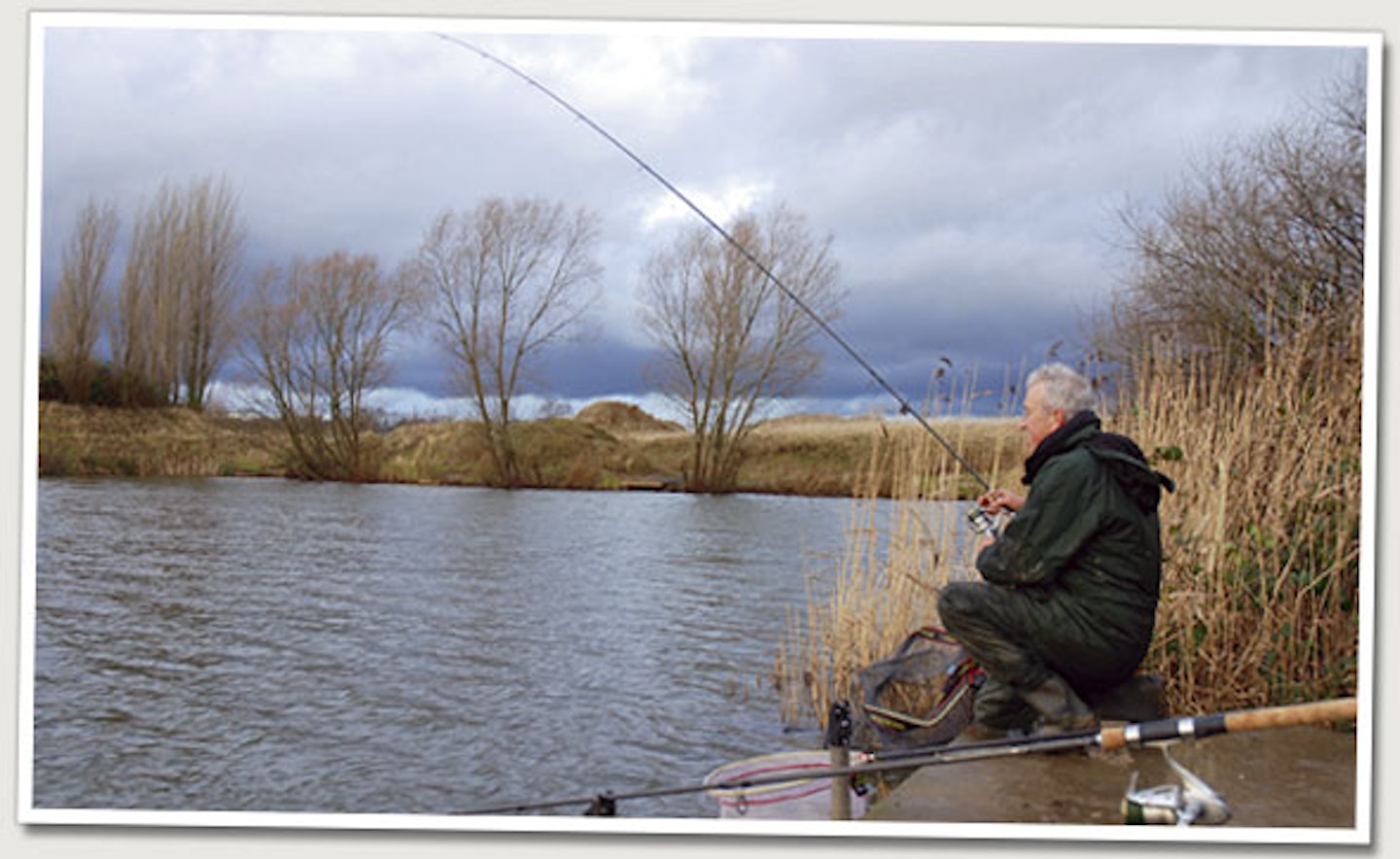
.jpg?ar=16%3A9&fit=crop&crop=top&auto=format&w=1440&q=80)